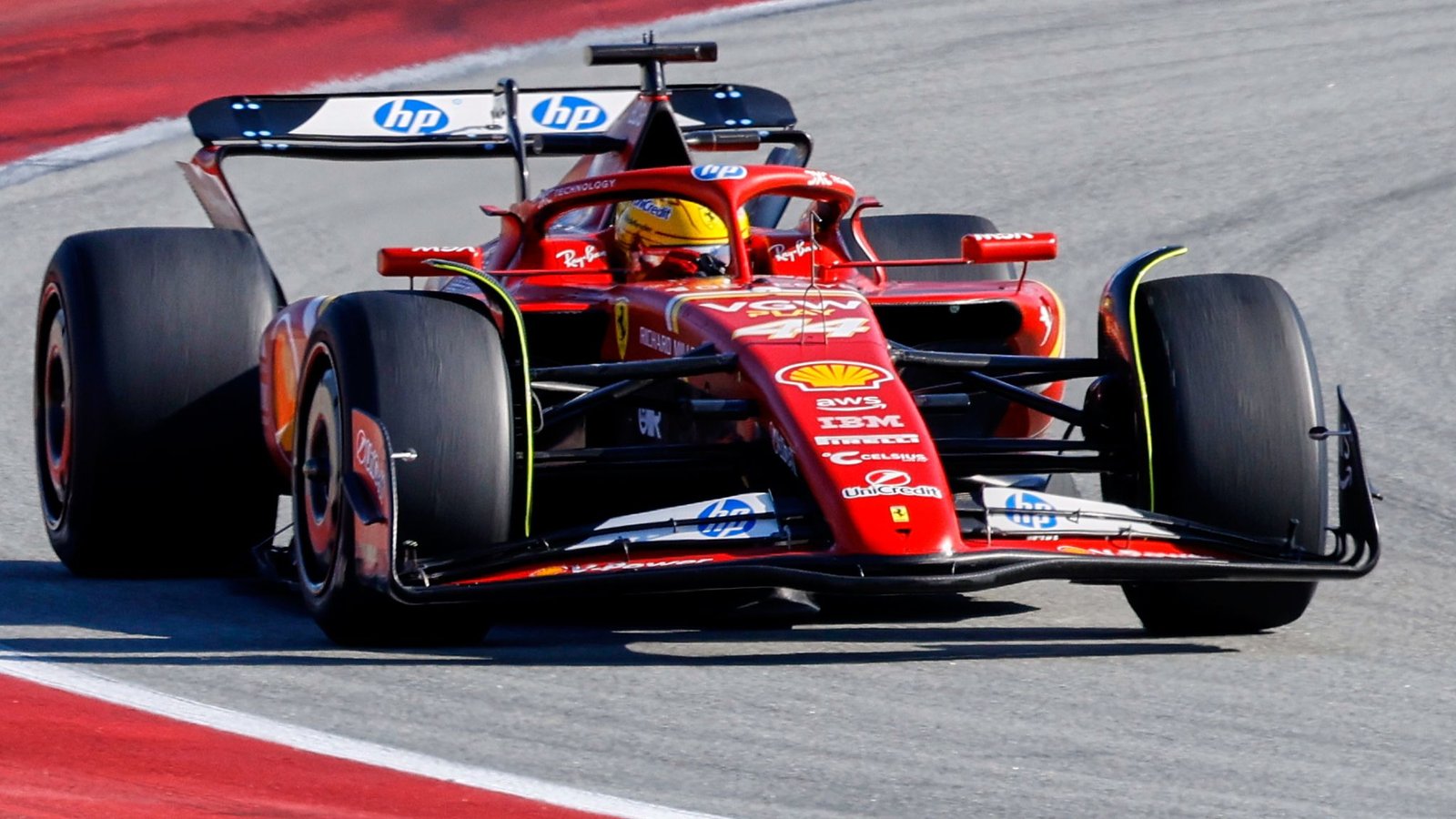For better or for worse, high-speed racing is inherently dangerous for the drivers as well as on-track crews and even spectators who are attending in person. Formula 1 is certainly very well organized, and a lot of attention is paid to safety, yet it remains a competition that can claim lives without warning. Dozens of F1 drivers met a tragic end after accidents that occurred during the official races, although the number of fatalities is steadily declining with each passing decade.
Revisiting some of the most perilous crashes from the past of Formula One is a way to honor the lost lives and keep road safety in focus in the modern era. Here are a few dangerous moments to remember.
Italian Grand Prix 1961
To this day, the 1961 race in Monza remains the deadliest in the entire F1 history. The horrendous crash killed a very talented driver, Wolfgang von Trips, who was driving a Ferrari at the time. Angling for the best time, von Trips smashed into the crowd standing next to a difficult curve, resulting in the death of 15 spectators. This untold tragedy shocked the racing world, especially since von Trips was on his way to winning the championship that year. This experience motivated Formula 1 to insert protective barriers between the audience and the track and adopt other safety measures, reducing the chance of a car breaching the area reserved for visitors.
San Marino Grand Prix 1994
Every serious Formula 1 fan knows this race – the death of Ayrton Sena is one of the most iconic moments of the sport. The Brazilian driver was at the height of his legendary career, but a single error obliterated it in a split second. He couldn’t navigate a notorious curve at the Imola racetrack and smashed into a concrete barrier at full speed. His injuries were immense, and despite a quick reaction by the medical team, he didn’t live long enough to reach the hospital. The event was such a worldwide sensation that F1 management decided to prevent any other drivers from dying on the track – and to this day they have been successful.
San Marino Grand Prix 1989
A few years before Sena met his tragic fate at Imola, the same track was the scene of a very similar incident. During the race, Gerhard Berger had trouble at the same Tamburello Corner that killed Sena, and endured a high-speed one-car crash. His vehicle caught fire from the impact, making for a dramatic look on live television. Thanks to a timely reaction from firefighters, Berger was miraculously pulled from the car with only minor injuries. Sadly, nothing was done to prevent another incident of the same kind from happening again, with far more serious consequences.
Belgian Grand Prix 1982
A highly popular Canadian F1 driver was killed while still in his prime years, in one of the biggest what-ifs in the records of the sport. Giles Villeneuve was in his seventh year on the circuit and had the highest F1 betting odds in Canada history to become the champion. This dream was dashed when he made a fatal mistake during qualifications at the Belgian Grand Prix and paid the ultimate price. Ironically, the problem was that the other driver, Villeneuve was trying to pass, was moving too slowly, and the result of the ramming was that Villeneuve’s car was launched high into the air before crashing hard and completely falling apart. The driver was ejected from the vehicle and suffered terminal injuries. Decades later, his son, Jacque Villeneuve, fulfilled the father’s mission and became the first Canadian F1 champion.
German Grand Prix 1976
Niki Lauda was widely regarded as the best Formula 1 driver of his era, but even he couldn’t avoid a scary accident. The race at Nurburgring was held in bad weather, and Lauda had to guess which sections of the track were wet, a predicament made worse by the fact that he was using slick tires. The car slipped and hit the embankment at full speed before being hit from behind by a car driven by Brett Lunger. The Ferrari he was in went up in flames, and Lauda was unable to exit, so he suffered a lot of permanent damage in the incident, but was eventually saved. Undeterred by this experience, he continued to race aggressively and won two more F1 championships after this crash.
Belgian Grand Prix 1998
This is another example of how poor visibility can cause trouble, but this time the number of cars involved was much greater. One of the drivers traveling in a tightly packed group (possibly David Coulthard) lost control of his vehicle, mowing a bunch of other cars as he spun. In the end, 13 drivers got entangled in this mega crash with so much debris spread around the track that the race had to be stopped temporarily. Fortunately, there were no head-on collisions at high speed, so all the drivers got away relatively unscathed. A pileup of this proportion hasn’t been seen since the 1998 incident remains a reminder why you can never relax during a seemingly uneventful race.
